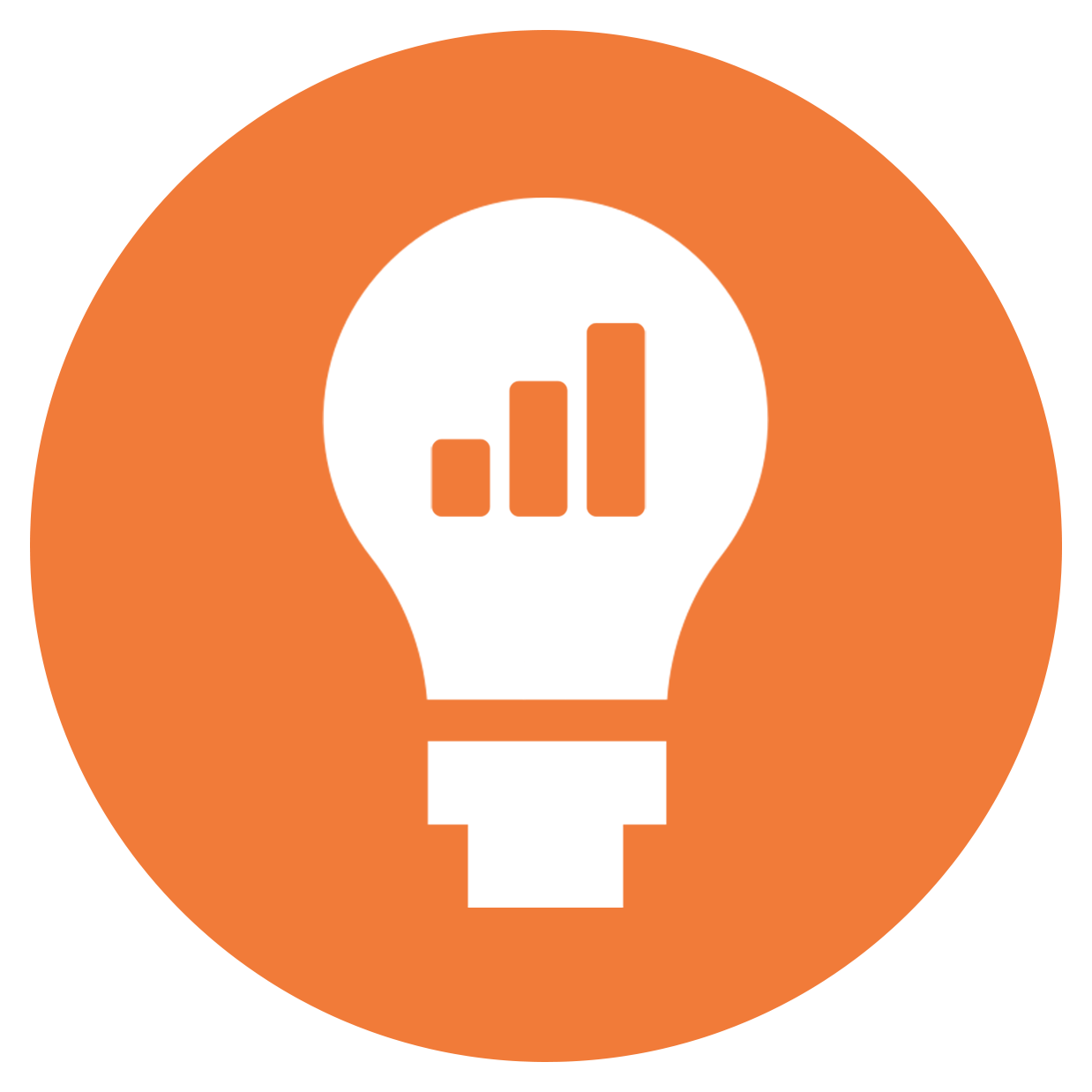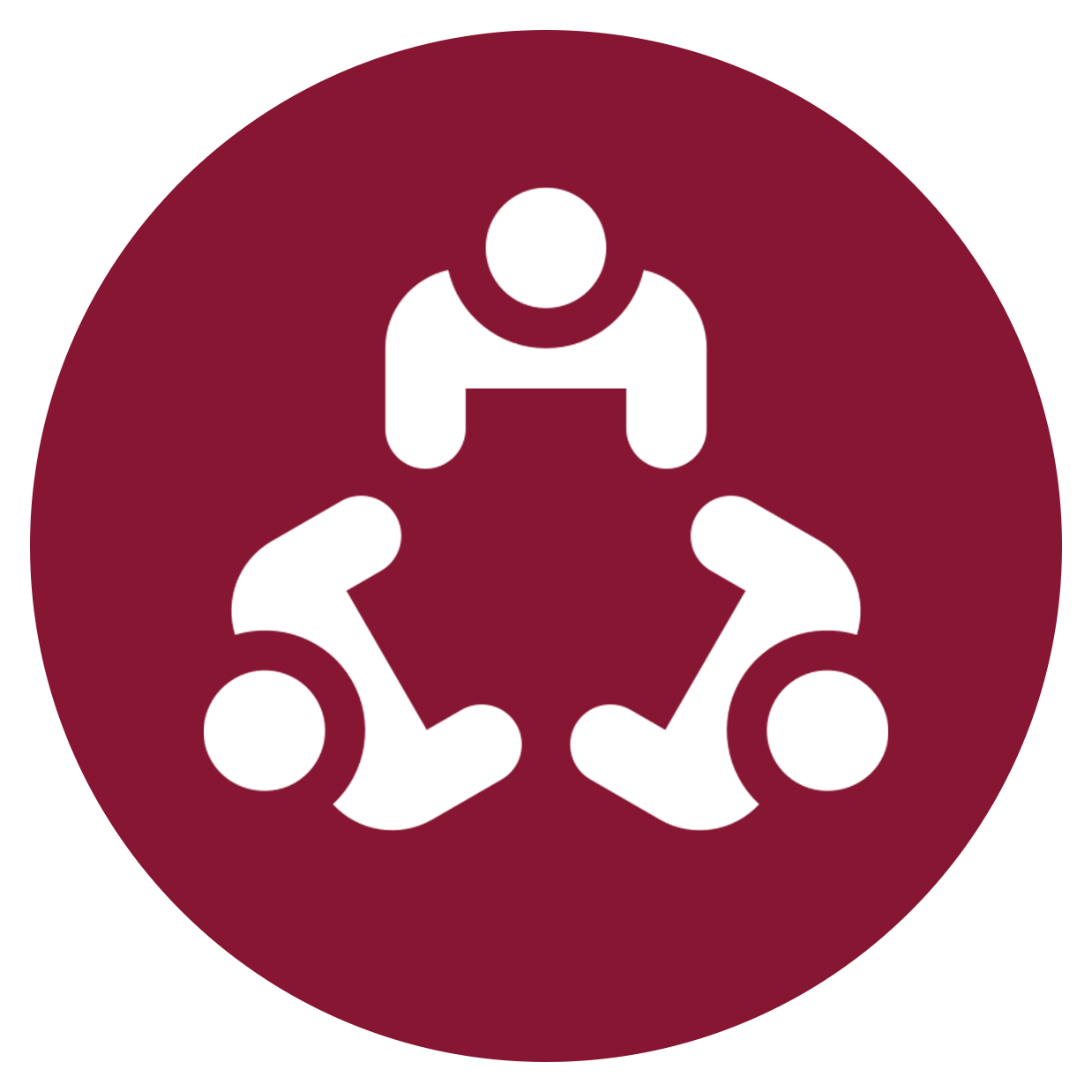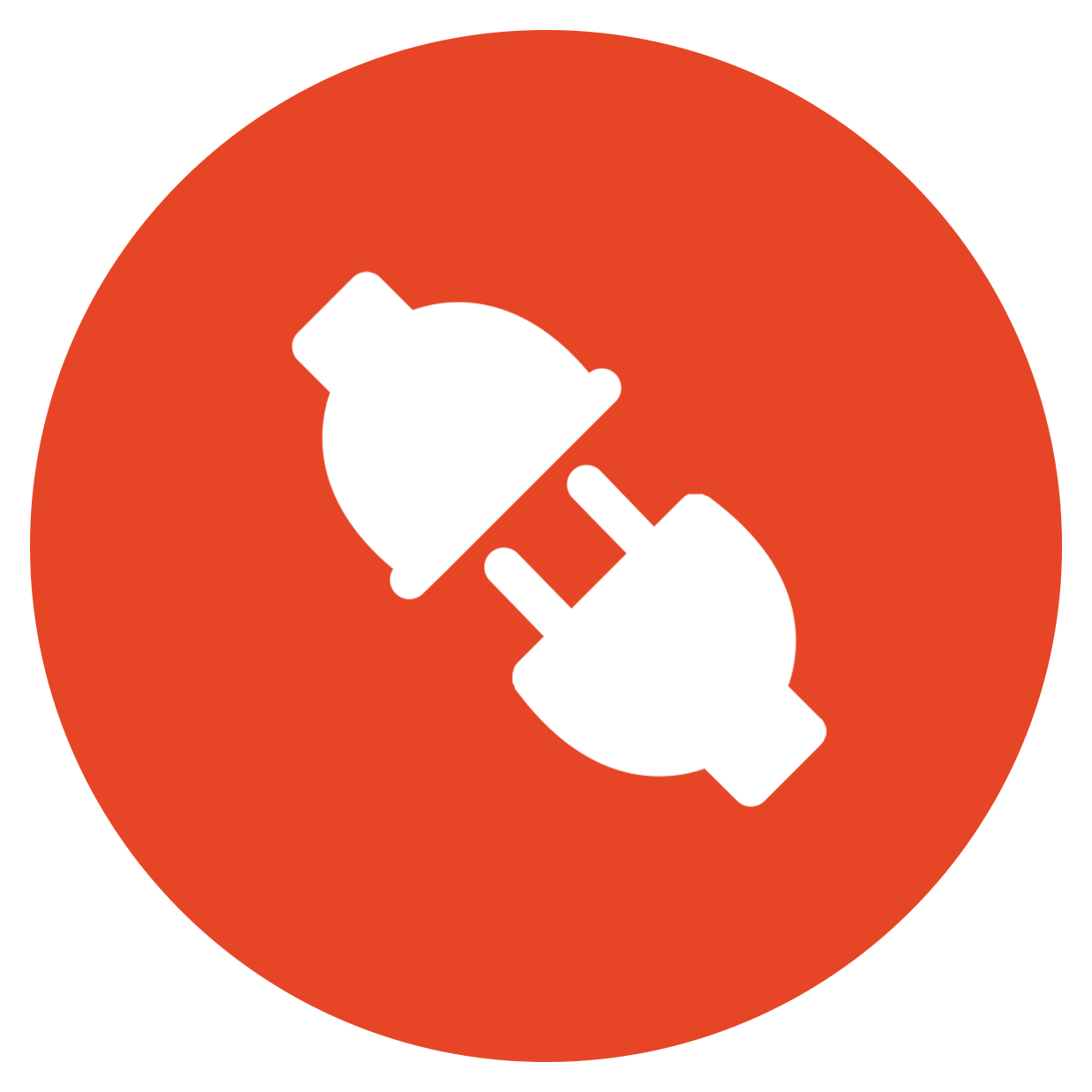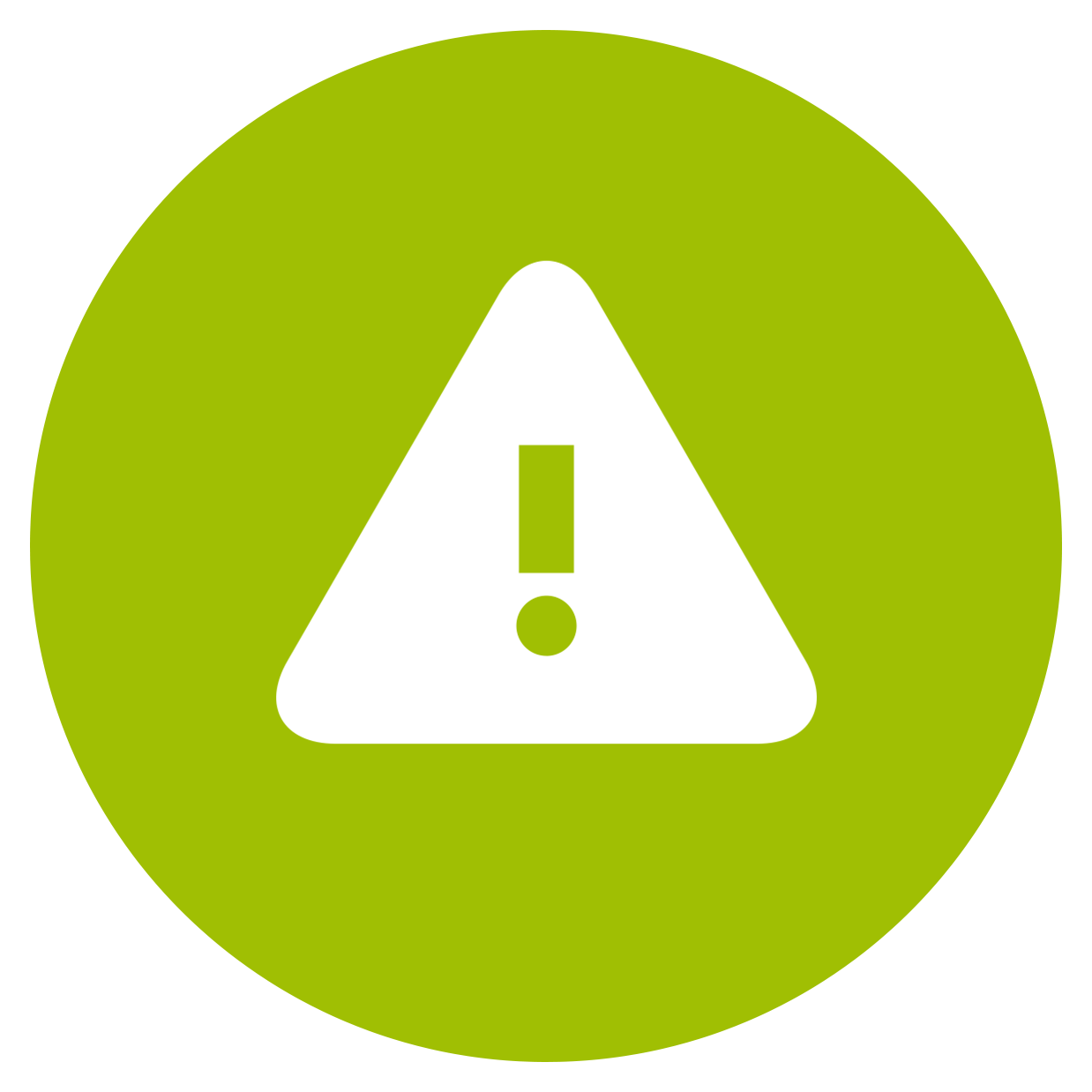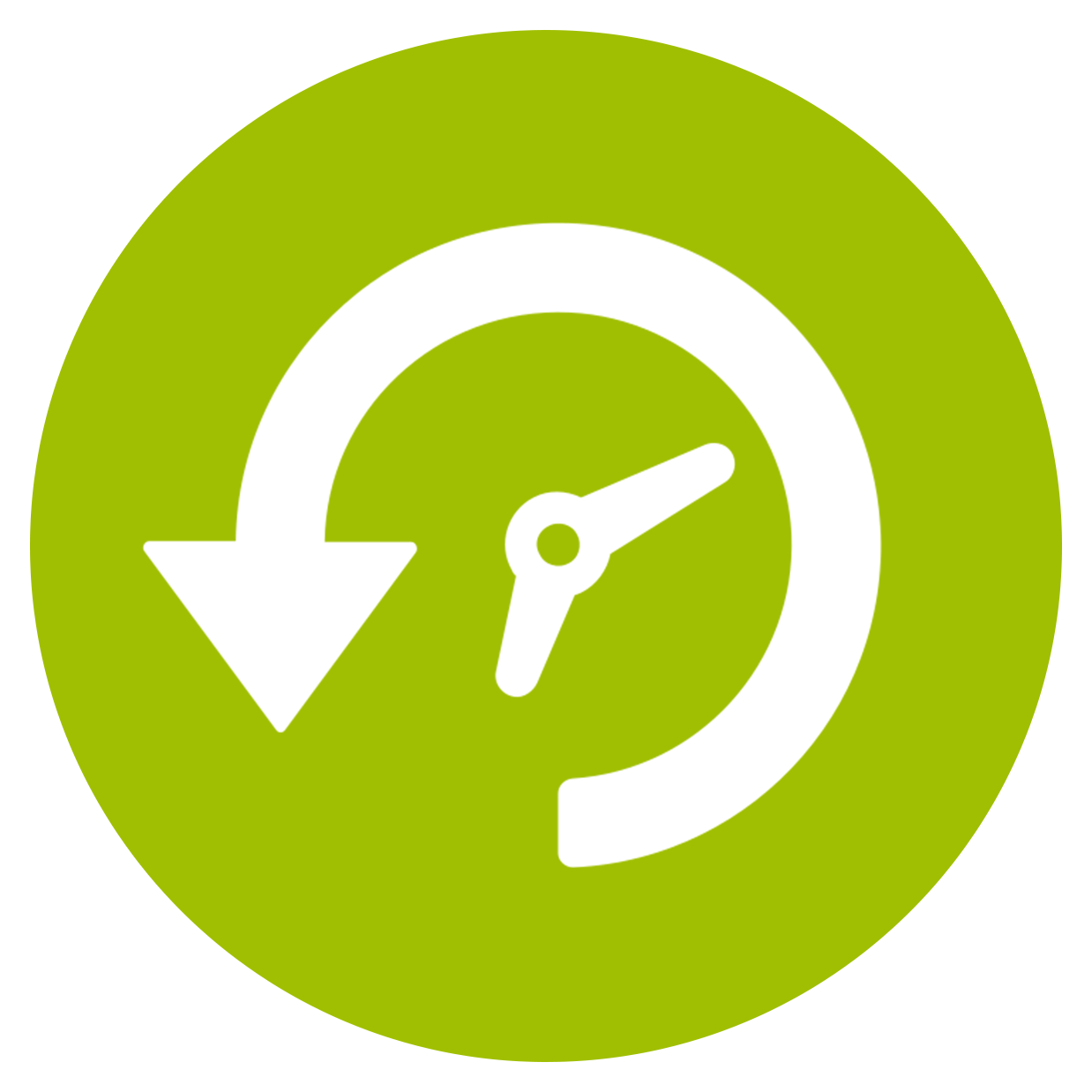Customer Journey Map Touchpoints
Written by Support EXP


From first viewing your ad to making that final purchase, it can take many steps and interactions for casual viewers to become dedicated customers. Each of these interactions is called a touchpoint—and smart companies, including banks and credit unions, know that each touchpoint is an essential part of a smart business strategy. How can you ensure that your customer journey touchpoints are leading people to your brand, and not driving them away? In today’s article, we discuss these touchpoints, how you can improve them for the customer, and how to map out the customer journey for the best possible experience.
Key Takeaways:
- Customer touchpoints refer to any point at which a prospective customer interacts with your business.
- Touchpoints are important because they funnel the customer along their journey, either encouraging them to dig deeper or making them click away in frustration.
- Common touchpoints can be broken into three main categories: before the purchase, at the point of purchase, and after the purchase for the customer.
- A customer journey map synthesizes touchpoints and creates a coherent overview of the current journey, complete with potential pain points and weak transitions.
- Maps can be invaluable tools to help improve the customer experience and attract more excited buyers.
What Are Customer Touchpoints?
The term “customer touchpoints” simply refers to any point at which a prospective customer interacts with your business. The touchpoint can be as casual as a glance at your online advertising or as serious as a major purchase on your business’s page. Every interaction, from the first notice to the last customer service experience, qualifies as a touchpoint on the customer journey.
Why Touchpoints Matter
Touchpoints matter because they represent the steps of each customer’s journey. In the ideal customer journey, each interaction leads the user to take the next step, culminating in a purchase, a good customer experience, and a loyal repeat buyer. However, this ideal setup doesn’t always happen. If a touchpoint is confusing, poorly designed, or doesn’t have a clear next step, you can derail the customer journey and lose out on valuable sales. Understanding touchpoints is key to creating a successful customer journey for your brand.
Types of Customer Touchpoints
A savvy management team recognizes that every single customer interaction matters for your brand. Even one bad customer experience, like an unhelpful employee or a confusing advertising campaign, can permanently stain your reputation and decrease customer satisfaction significantly. Not to mention driving your customers away!
Given the high stakes, it’s important for management to identify all points of engagement and pursue the best possible user or consumer experience at each point. Below are some of the major customer touchpoints to be aware of. We’ve separated these touchpoints by their relationship to the purchase and the stage at which they fall on the customer journey.
Before the Purchase: Marketing Customer Touchpoints
These touchpoints occur when a prospective customer interacts with your company for perhaps the first time. This type of interaction is usually casual. Your job is to make it memorable, catching the customer’s attention and driving interest in your brand. A good experience at one of these touchpoints can drive traffic to your website and ignite an interest in your product—but a bad experience can leave the customer with a permanent bad taste in their mouth when it comes to your business.
Ads
This category includes advertising on webpages and search engines, social media marketing, and even physical forms of advertising like flyers, magazine spreads, and posters. Ads are often the very first time a prospective customer learns about your business, so it’s important to make this engagement count!
To optimize your ads, determine your target audience for each campaign and create a strategy that features issues they care about. If you’re targeting millennial users, for instance, you’ll probably want to place your ads on social media sites that are popular with younger customers.
You should also include a clear call to action in your ads, when reasonable. If you’re marketing online, direct users to your website or sale page. If you’re running physical ads, make it clear where viewers can go to learn more about your service or product.
Social Media
More and more people are interacting with brands through social media channels, so if you want to increase your engagement, maintain a strong presence on these sites. It’s not essential to have an active account on every single social media page, but you should identify a few key platforms that attract your target audience, and carefully curate your presence on those sites.
Social media is also a great way to give prospective customers an experience with your product. Offer periodic deals, free product samples, or a trial of your service. When you give people a low-stress opportunity to interact with your product, you increase your marketing reach and create an environment that’s ideal for customer satisfaction.
Events
It’s important that would-be customers interact with your brand and products as much as possible. Interactions with employees give your company a face to go with the name. Events—both virtual and in-person—are great ways to give customers that interaction. To make your event stand out from a customer experience perspective, identify your target audience. For a virtual event, you might want to gear it towards younger users and focus your advertising accordingly. An older demographic might be more likely to attend a physical event. Once you’ve targeted your ideal attendees, keep them engaged throughout the event with content that caters to their interests. Don’t forget to emphasize the human element of your brand: let attendees interact with employees, try out a product, or see “behind the scenes” of the production process. Done well, an event is a great way to make people feel connected to your business on a personal level, not just a transactional one.
Product Reviews
When they’re making a decision about your company and products, almost all consumers will check reviews. This includes not just reviews on your website or major retailers, but ratings from sites like Yelp or TrustPilot. Of course, you should strive for positive reviews on all sites. However, you can also minimize the impact of negative reviews by periodically checking your ratings on third-party sites. If you find former customers posting about a bad experience, don’t hesitate to reach out on the platform. Try to make the problem right, and highlight steps you took based on the review, when relevant. For example, if an employee didn’t know how to handle a customer’s particular issue, update future training and let the customer know. While you can’t erase the negative review, you can ease its impact by showing others on the platform that you genuinely care about the customer experience and work hard to improve it based on feedback.
You should also actively solicit positive feedback whenever possible. You can send follow-up purchase emails encouraging customers to give you a positive review on major platforms and offer an incentive (like a 10% off coupon) for any customer who takes the time to write a review.
At Point of Purchase: The Experience for Customers
A prospective customer has interacted with your brand through an ad, social media, or other mediums. They’ve gathered some information about your products from reviews, and they’re ready to take the next step in the customer journey. It’s essential to use these touchpoints to encourage customers to make the purchase rather than push the customer away. At this stage on the map, elements like website design and ease of use are critical. Below are some of the major customer touch points around the point of purchase and how you can make them as attractive as possible for each prospective customer.
Website Landing Page
Your landing page is the first thing a user sees when they arrive on your site. The customer will probably be coming to this page from an ad or free trial offer, so you should ensure that there’s an easy-to-follow call to action. The most simple one is a prominent “buy now” or “shop here” button, but you can also follow a longer route. Get the customer more invested in your site by directing them to a promotional offer, like a free educational resources eBook, a survey, or a product trial. Once you’ve caught their interest and gotten them more intrigued by your brand, you can then move to a soft sell for each customer.
As an overall tip, you should keep landing pages simple, clear, and easy to follow. Error on the side of streamlined graphics and texts, instead of overwrought design that can confuse or startle the customer and encourage them to click away. Feature a clear and prominent call to action, whether you’re promoting a free eBook or moving right to a “buy now” appeal. Based on the landing page, the user should quickly be able to see what your company offers, how it will help them, and how they can take the next step in their customer journey.
Physical Store
If your company has a physical storefront, this might be the next step in many customers’ journeys. You can set things up for customer satisfaction by making your store or branch welcoming, easy to find, and filled with inspiration and displays that encourage casual browsers to become committed buyers.
To make your store as inviting as possible, lean into the unique strengths of brick-and-mortar: you get to create an in-person experience that can make the customer feel seen and valued by employees and, by extension, your brand. Invest in frequent training for your workers, ensuring that they prioritize friendly and personalized interactions with customers. Consider loyalty programs and in-store special offers to encourage customers to feel like a part of your brand.
You should also consider store design. Haphazardly displayed merchandise won’t encourage purchases, but artful displays can lead customers to consider how the item would look in their own homes or place of work.
Point of Sale
Your customer’s journey has finally brought them to the point of sale—congratulations! This touchpoint can be very memorable and leave a lasting positive (or negative) impact on the customer experience, so think it through carefully. If you do most of your business at a storefront, this means evaluating customer/employee interactions, ensuring your checkout software is simple and streamlined, and considering checkout point aesthetics and features. If you sell online, you’ll want to consider the design of your shopping cart, the ease of finalizing a purchase, and the availability of customer support if necessary.
After the Purchase: Customer Service
Once money has changed hands, it’s tempting to think that the customer journey is over. However, a smart company knows that important touchpoints continue long after the customer clicks the “buy now” button. The way you follow up with customers after the purchase, the support you give them (or don’t), and even small details like the billing process all make a big difference in the overall experience. Below are some major post-purchase touchpoints to be aware of and ways you can optimize them.
Billing
The touchpoint immediately after the purchase is your billing process. Ideally, this process should be simple and straightforward, with minimum customer input. It’s great to offer multiple payment channels, like Apple Pay or Paypal. Giving the customer more options can make them more likely to click that “purchase” button. Additionally, you might want to offer an installment payment plan to encourage larger purchases. There are plenty of platforms and apps available that streamline multiple payments if customers choose that option. Finally, make sure that order confirmation and a receipt are quickly available in the format of the buyer’s choosing, whether that’s email, mail, text, or a physical copy. Your returns policy, shipping details, and any other relevant information should be included and easy to understand.
Follow-up Emails
Make customers feel valued long after they’ve completed their purchases with follow-up emails. You can offer a discount on future orders to thank them for their loyalty, ask them to fill out a brief survey, or just send each customer a thoughtful “thank you” message, letting them know you appreciate their business.
If you send out regular emails with updates and promotions, you should also ask customers if they’d like to opt-in. At the very least, you should make it easy for them to unsubscribe if they don’t want to receive future communications. There’s nothing more frustrating—or damaging to your brand—than sending email after email to someone who isn’t interested. Make sure your email audience is willing!
Help Center
If a purchase isn’t working out for the customer, their next touchpoint will be an interaction with your help center or service platform. This touchpoint matters—a lot! According to a 2022 report, 58% of customers will switch companies if they have a poor customer experience. However, there’s hope: 89% of customers say that they’re more likely to make repeat purchases from the company if they have a positive experience with customer service employees. In other words, how well your help center interacts with customers can drive people away or bring them back time and time again.
A few ways to make the help center experience stand out: Use a chatbot on your site to filter routine service issues for the customer, but don’t rely on it too heavily. Ensure that customers who need it have easy access to a live employee, make the access path obvious with clear directions on your website, receipts, and emails, and limit long wait times whenever possible. Take the extra time to ensure that your help desk employees are well-trained in common customer questions and that they know where to go to get answers to more unique problems. You can improve customer experience exponentially, simply by putting some extra effort into your customer service training.
What is a Customer Journey Map?
Now that we’ve covered some common customer journey touchpoints, it’s time to put the pieces together with customer journey mapping. In its simplest form, a map is a tool that allows management to put together a visual representation of the major points on the customer journey, organized by the point where they appear. Early touchpoints like social media interaction or ad exposure would appear at the beginning of the customer touchpoint map before being funneled through a channel into the landing page or even your physical store. Not every customer journey looks exactly the same, so your map should include multiple possible routes that a customer might take to make that purchase.
Ways to Optimize the Customer Touchpoint Experience
Once you understand the customer touchpoint, you’re ready to start your customer journey maps! Before you jump to optimizing touchpoints and finding an overview of popular solutions, it’s important to start at the beginning with basics like creating customer personas for your business, identifying areas of friction for your brand, and visualizing possible features that could improve your product and encourage more purchases from each customer.
How to Start Touchpoint Mapping
If you’re ready to put your map together, here are some tips and steps to keep in mind.
Before you start touchpoint mapping, you should identify your goal with the mapping process. Is there a certain set of touchpoints you’d like to improve? Do you want to understand common routes customers take so you can conduct an analysis? Understanding your goal will give everyone a clear endpoint as you begin the mapping process.
Next, you should identify and create personas for your hypothetical customers. You can gather data from surveys, interviews, and NPS feedback to discover common demographics and routes that customers take along their journey. Based on your findings, you can create a few different personas and chart out the path they take and the touchpoints they meet along the way. For example, you might find that the 18-25 demographic usually finds your brand via an Instagram account, before moving to a free trial landing page, browsing your website and product reviews, and making the purchase. In contrast, an older, 60-65 demographic might respond better to email ads, before visiting your physical store.
After creating the persona and charting general routes, you should formally list out each possible touchpoint. It’s important to think outside of the box and get plenty of input from employees and managers, as you don’t want to miss a point! It will be difficult to optimize the customer journey if you’re missing out on key steps. You should also note any pain points or awkward transitions. Maybe lots of people are engaging with your social media presence, but few are actually visiting your site because it’s hard to find or confusing. Maybe you’re getting plenty of purchases but few repeat customers because your follow-ups and help center are pain points. Remember, your goal is to create an accurate picture of the current customer journey, so make sure you’re honest about weaker areas that need improvement.
Now you’re ready to map out possible solutions. Before you enact changes, play around with the map and visualize different solutions across channels. Mapping out strategies can show you any possible weaknesses and help you come up with the best areas to target. Don’t forget to update your map as you make changes, and collect new data periodically to see where you stand.
In conclusion, when you understand customer touchpoints you can improve the overall journeys customers go on to find your brand. You’ll improve the retail customer experience, boost customer satisfaction, and end up with a coherent understanding of where each customer comes from. So you’ll know what steps you need to take to bring in more people and connect with them through each step of the customer’s journey.
If your financial institution needs some help putting together a customer journey map, identifying customer touchpoints, or coming up with solutions to common pain points, we can help! Our team of experts at Support EXP offers detailed support, analysis, and advice to help you along your journey. Contact us below to get started! We’re confident you’ll see results with each happier customer and marketing win.

